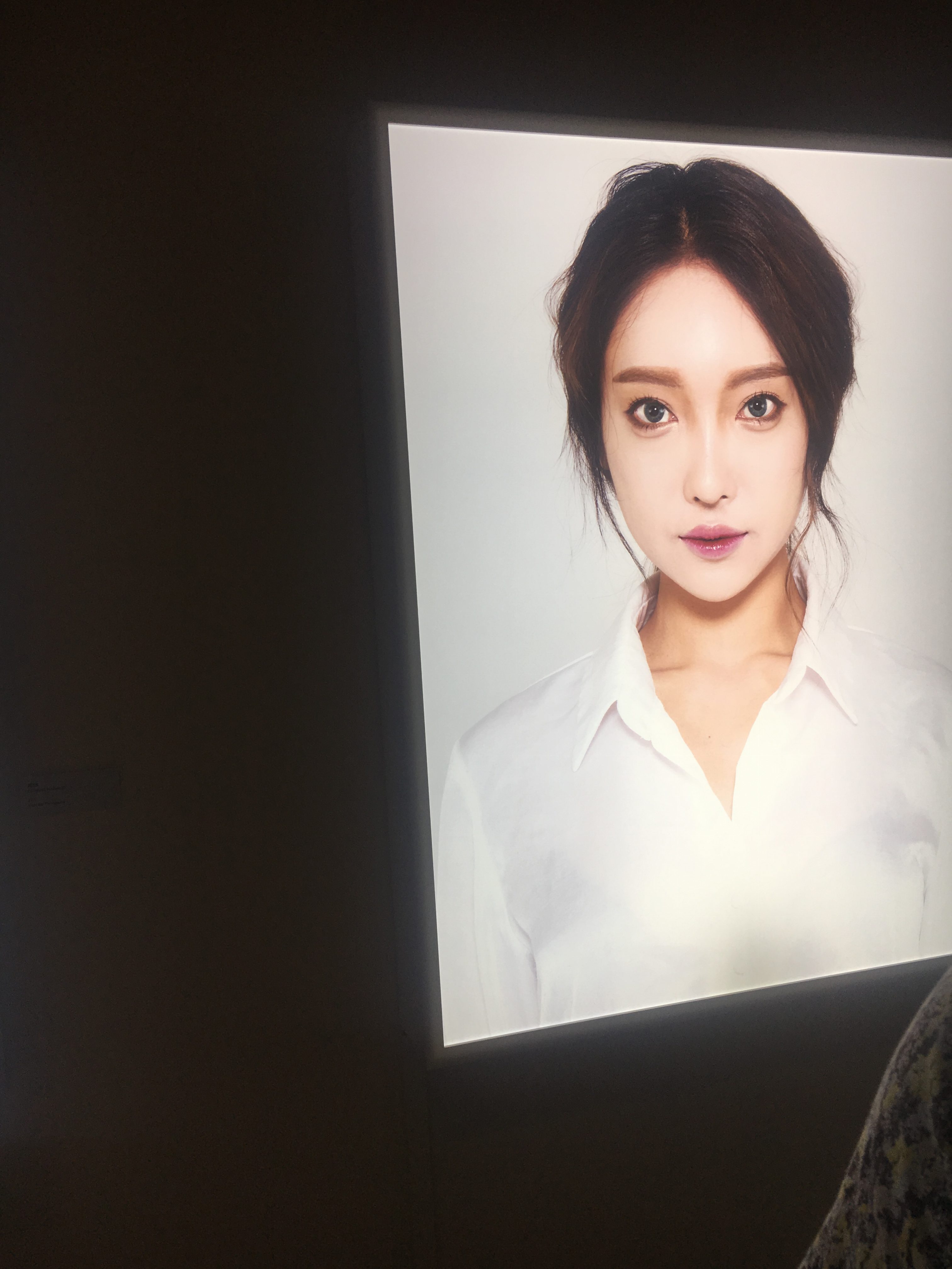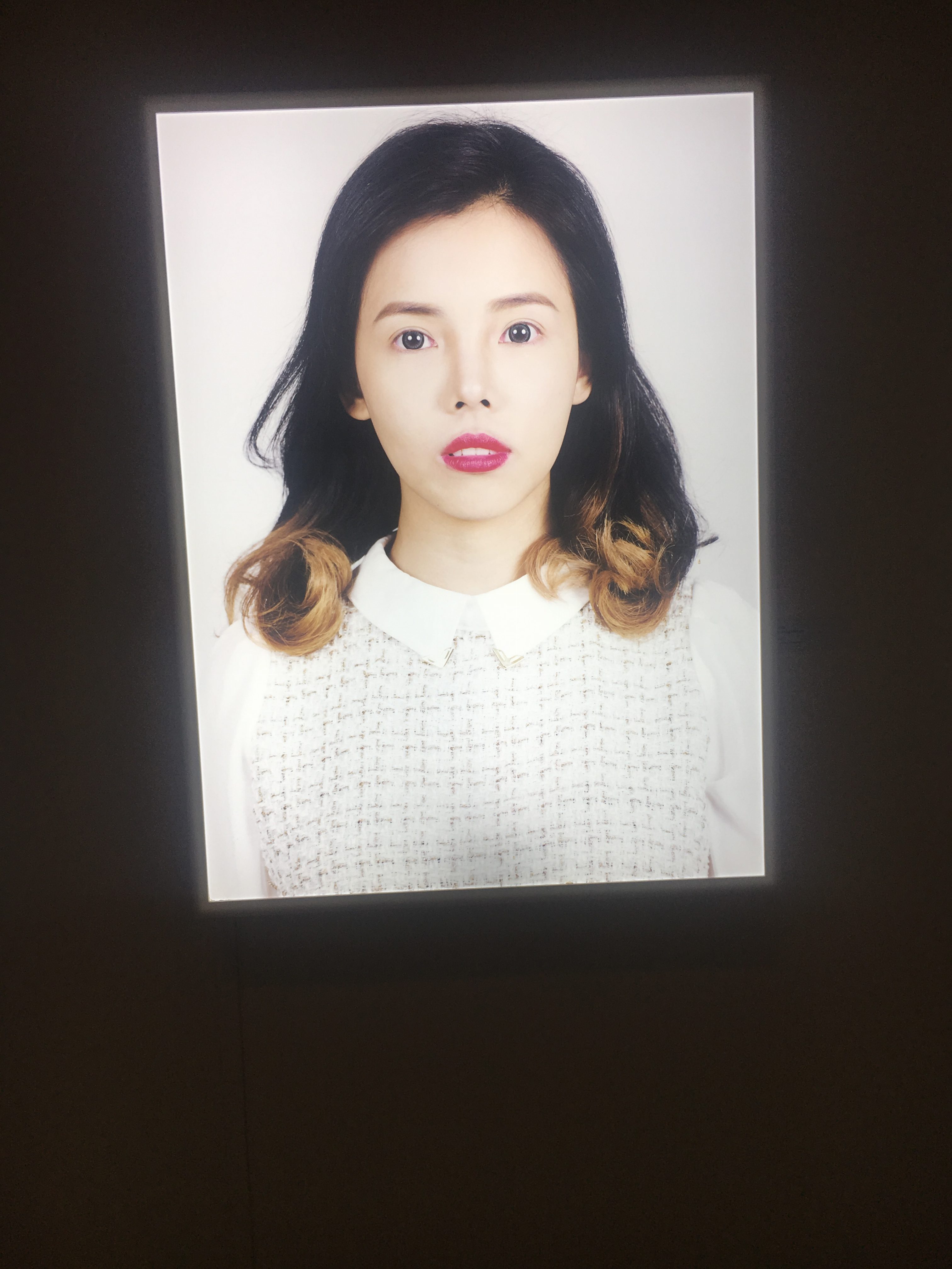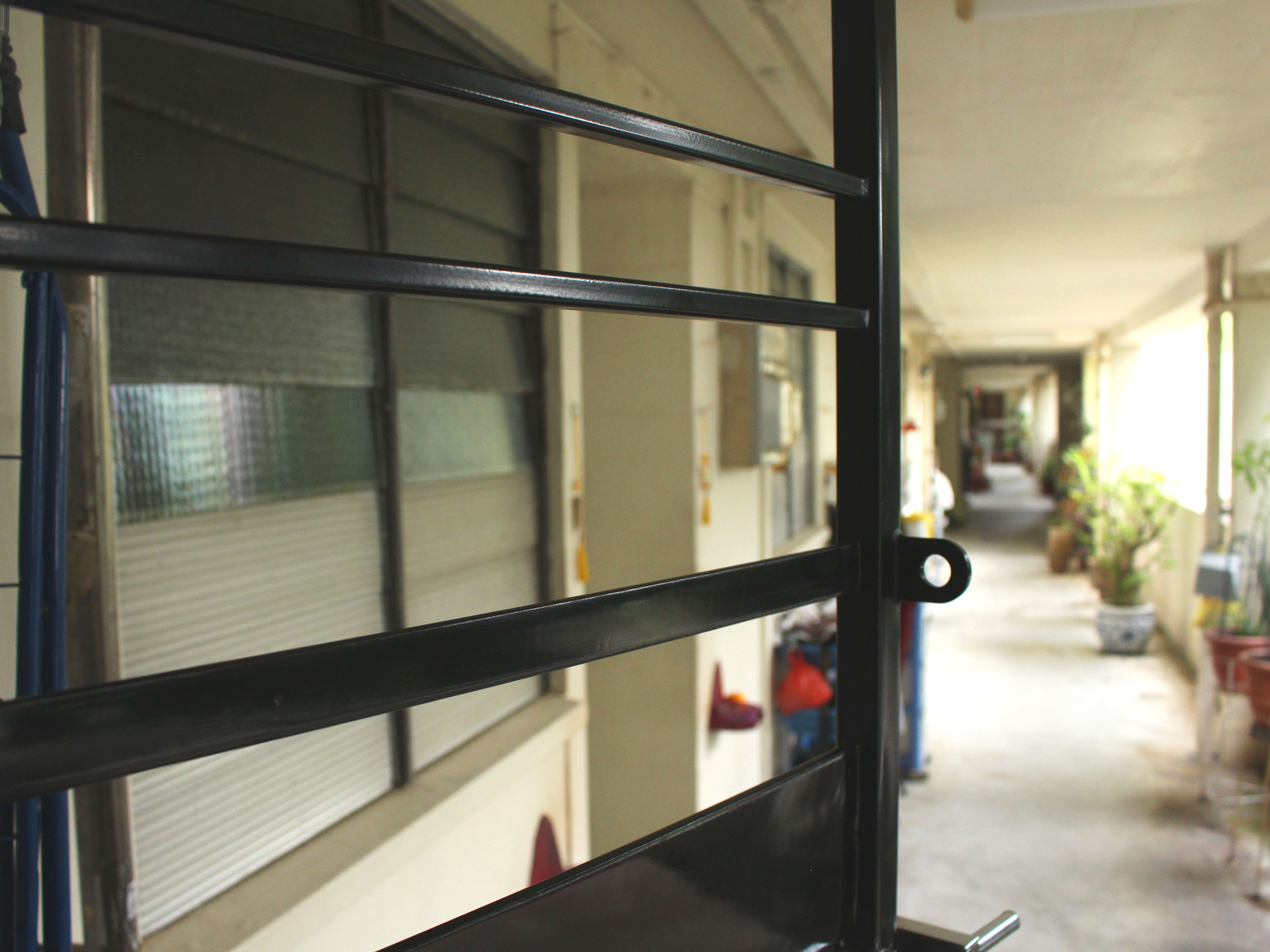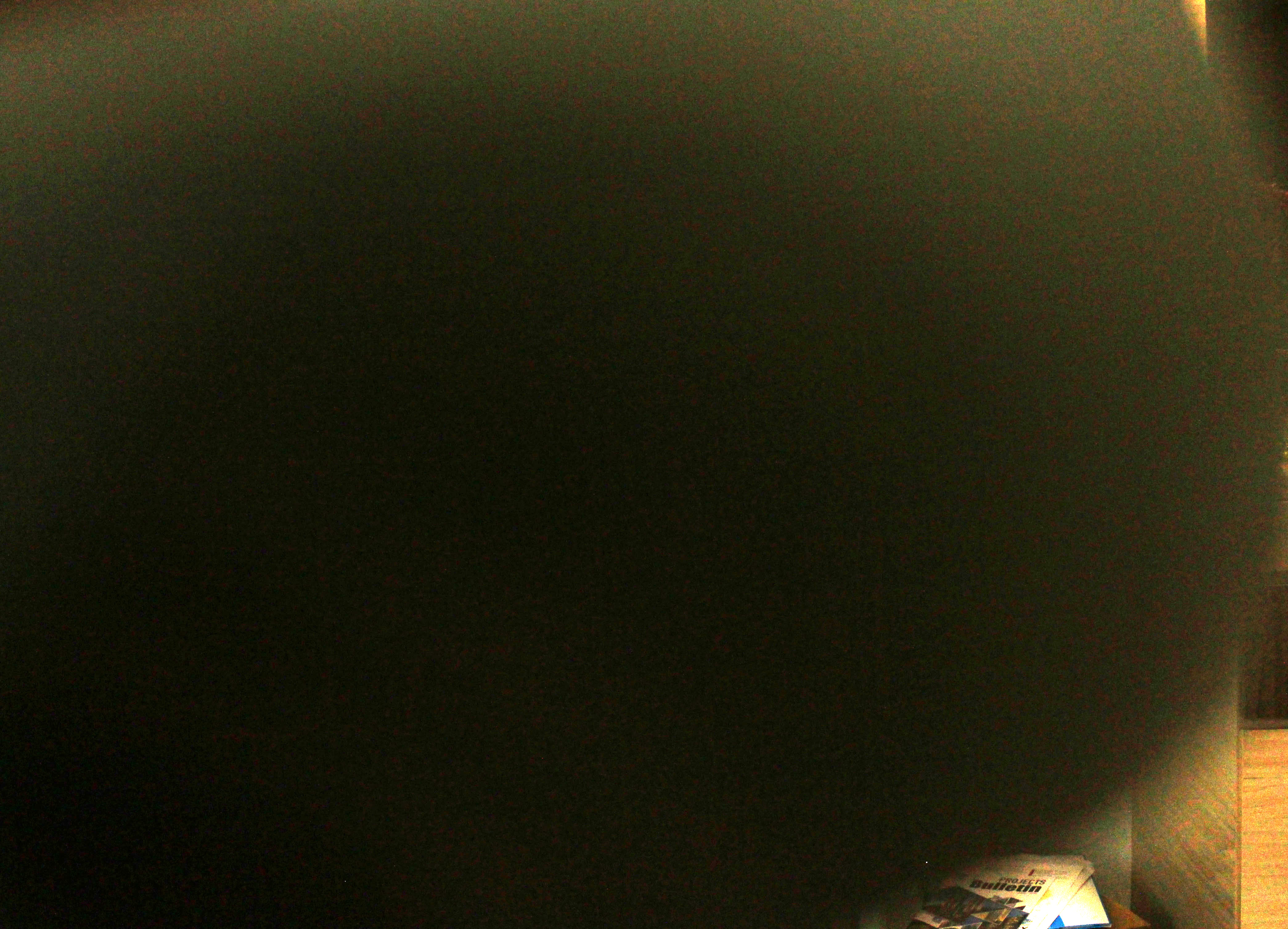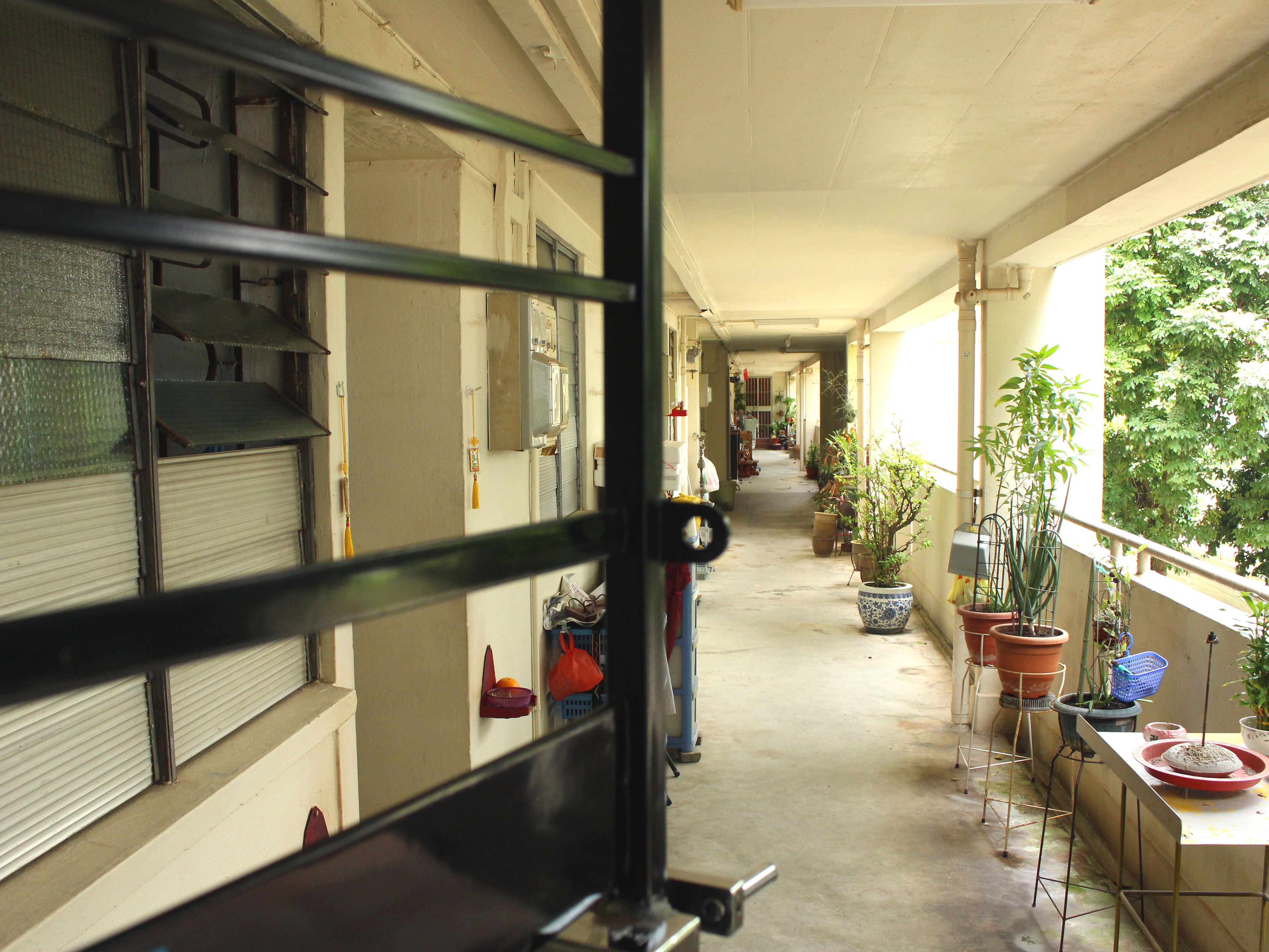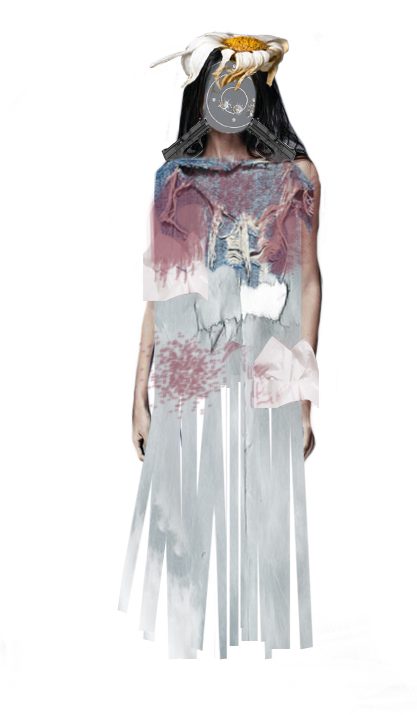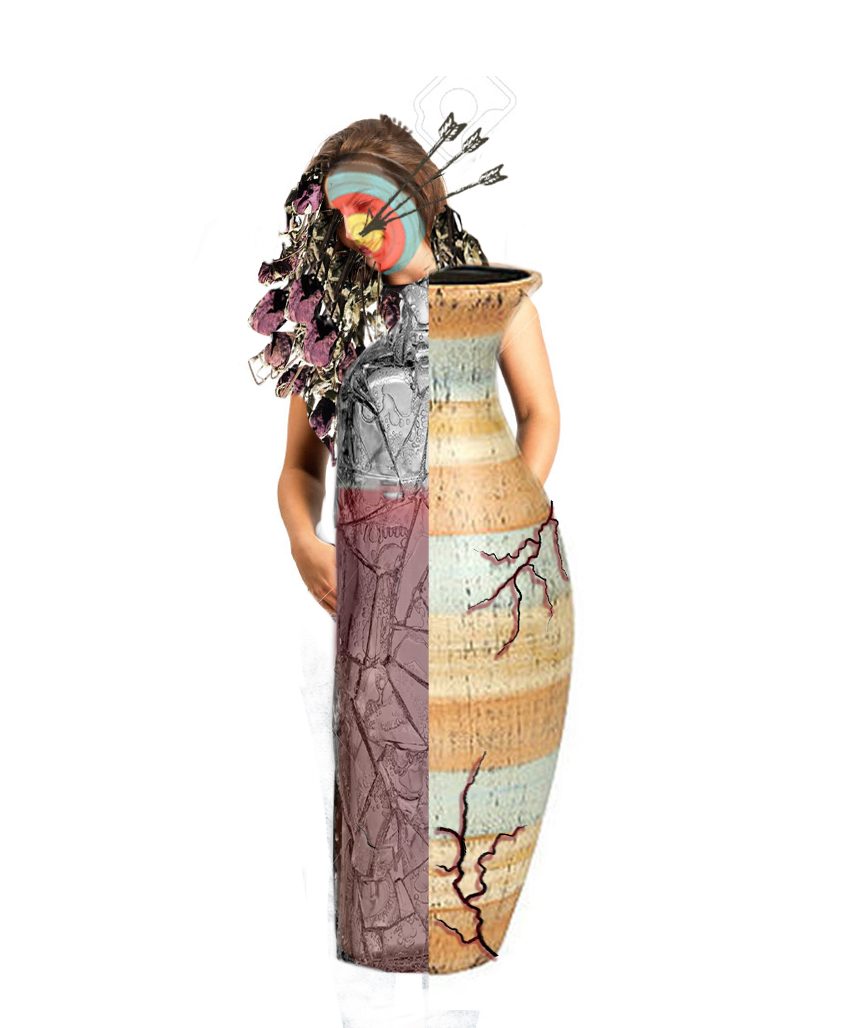For our final 4D project, it’s a group work!
i grouped with Gladys and Jamie.
Upon receiving the project brief, we were told to work on an object/location within the compounds of ADM, and we began brainstorming.
Unanimously, we all came up with the same thing!
We decided to work on Vending Machine – the best place to go for our hungry souls. We wanted to make the vending machine interactive, fun and to promote healthy living!
Our idea was planned with the mindset of having a collaboration with Health Promotion Board (HPB)
We will have a vending machine that vends out healthy food, instead of the usual unhealthy snacks and drinks.
For example, instead of having potato chips, we have veggie chips! Or if we have salted peanuts, we can change to almonds instead!
However, the buyer will not know about the change in product, until they selected their choice.
To explain better, we built a small vending machine prototype, with iPad as our machine screen.
Watch the video to see how the vending machine works!
The whole process starts when a passer-by walks past the vending machine. It will light up and greet the passer-by, attracting their attention and asking if they want anything. Next up, it will show the panel of food, letting the customer select the choice he/she wants.
Upon pressing, a surprise animation comes out, and we can see the changing animation of the original product changing into a healthier alternative!
It will then vend out the healthier alternative for the customer, ending with a quote to promote healthy living.
During the process of vending, we will have a unique jingle for each product – to keep the customer occupied while waiting.
We intend to have the interface appear more futuristic, while keeping the elements of it quirky and fun.
After presenting to the class about our project, it seemed pretty well-received!
Although it was voiced out that some customers might get angry for not receiving the item they wanted, the issue was resolved, as we intend to place a line of text on the vending machine stating “What you see might not be what you get“. Furthermore, our plan of collaborating with HPB will come into handy, as if used for a HPB roadshow, the audience will know this vending machine is promoting health!
All in all, I am satisfied with how the vending machine worked out! Although we kept changing our ideas, I am glad that we stuck to this final idea!
Initially, we wanted to host a competition between all the food in the vending machine, like a pageant contest. But we realised that the contest has no purpose, and if someone is there to buy food, they might get irritated by the long contest process.
But our final idea, has a clear purpose on promoting health and is a shorter process than our original!
And thankfully, we had a 3D vending machine prototype to aid us with the presentation of our project, if not, it will be difficult trying to explain our idea!

